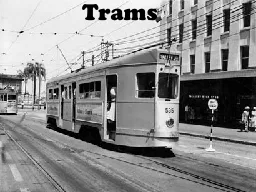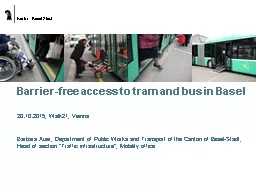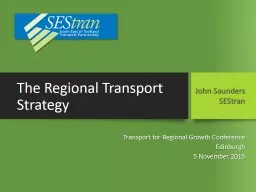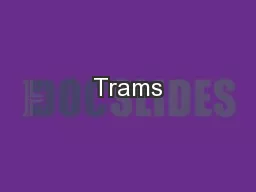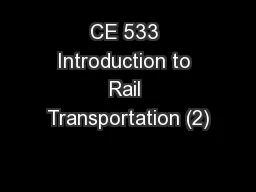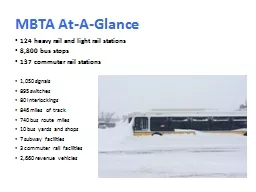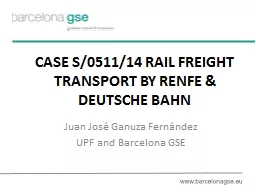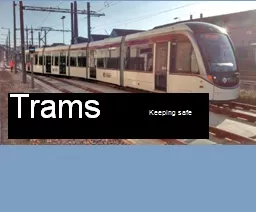PPT-Trams A tram is a light-rail vehicle for public transport. Trams are distinguished from
Author : luanne-stotts | Published Date : 2018-03-18
From 1885 trams were the major form of public transport in Queensland right up until 1969 when the service was discontinued in favour of buses The electric trams
Presentation Embed Code
Download Presentation
Download Presentation The PPT/PDF document "Trams A tram is a light-rail vehicle for..." is the property of its rightful owner. Permission is granted to download and print the materials on this website for personal, non-commercial use only, and to display it on your personal computer provided you do not modify the materials and that you retain all copyright notices contained in the materials. By downloading content from our website, you accept the terms of this agreement.
Trams A tram is a light-rail vehicle for public transport. Trams are distinguished from: Transcript
Download Rules Of Document
"Trams A tram is a light-rail vehicle for public transport. Trams are distinguished from"The content belongs to its owner. You may download and print it for personal use, without modification, and keep all copyright notices. By downloading, you agree to these terms.
Related Documents

